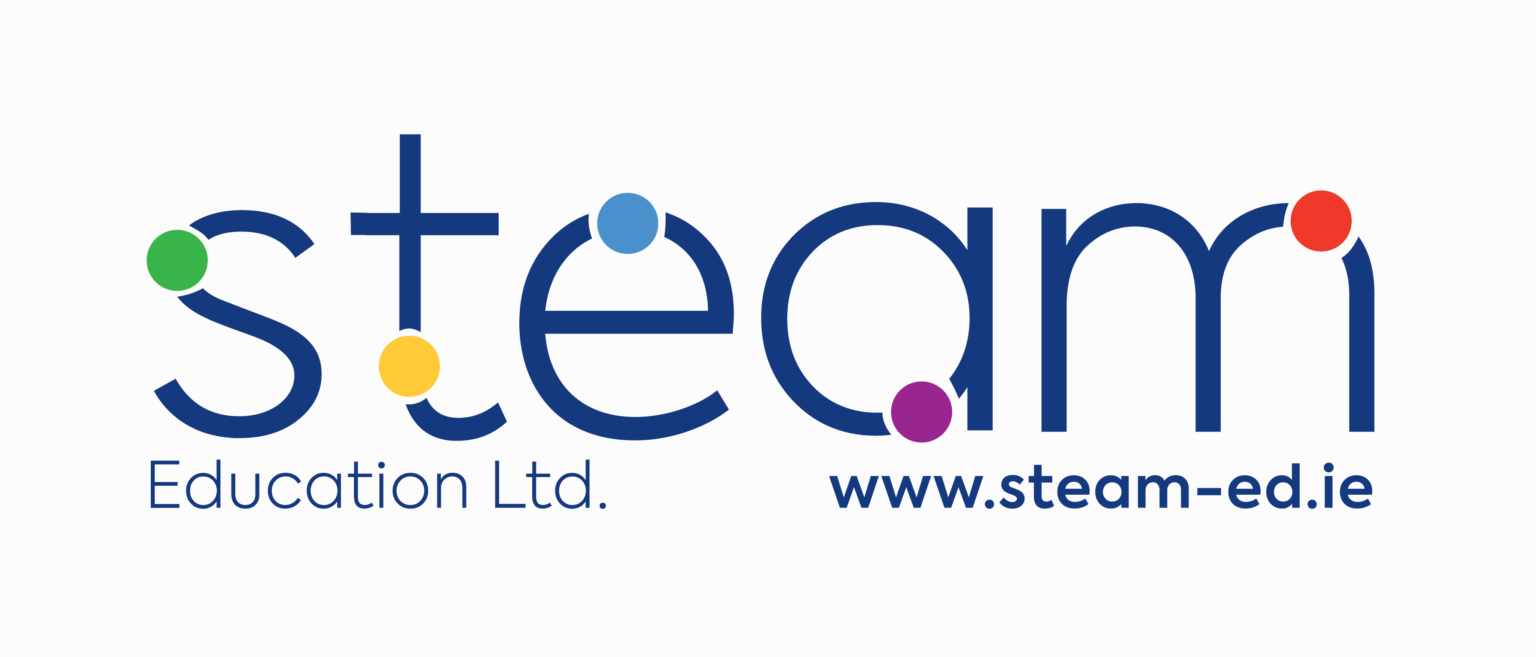


Students find this method of learning wildly fun. The grade-A student who is a master of tests and exams may have the math skills needed to complete a task, but a more creative and arts-centric student may prove an indispensable member of the team in identifying innovative solutions to the problem. This STEAM approach to education therefore not only encourages teamwork and social skills among students, but fosters a sense of creativity and innovation - skills in great demand by employers. In order to make the hydrogen car work the students would have to come up with new and creative ways to deploy their technical knowledge to complete the task. If a student is tasked with building a model hydrogen-powered car, for example, they would need to use math and engineering skills from traditional classroom teaching, but must apply these to solve a real world problem.
#STEAM EDUCATIONAL HOW TO#
Knowing how to ace a math test is an important skill in itself, but being able to apply these math skills creatively to solve real world problems is where STEAM education can benefit students. While students have traditionally studied STEM subjects in school, many educators began to think about how students might apply these science and math skills in new and inventive ways to solve real-world problems. ‘STEAM’ stands for Science, Technology, Engineering, the Arts and Mathematics. Is STEAM education actually different from STEM education? How is this educational concept translated into classroom teaching? And what difference can it make in students’ lives? But many educational practitioners are still unsure what this acronym really means. In the field of education, ‘STEAM’ has recently become all the rage.


 0 kommentar(er)
0 kommentar(er)
